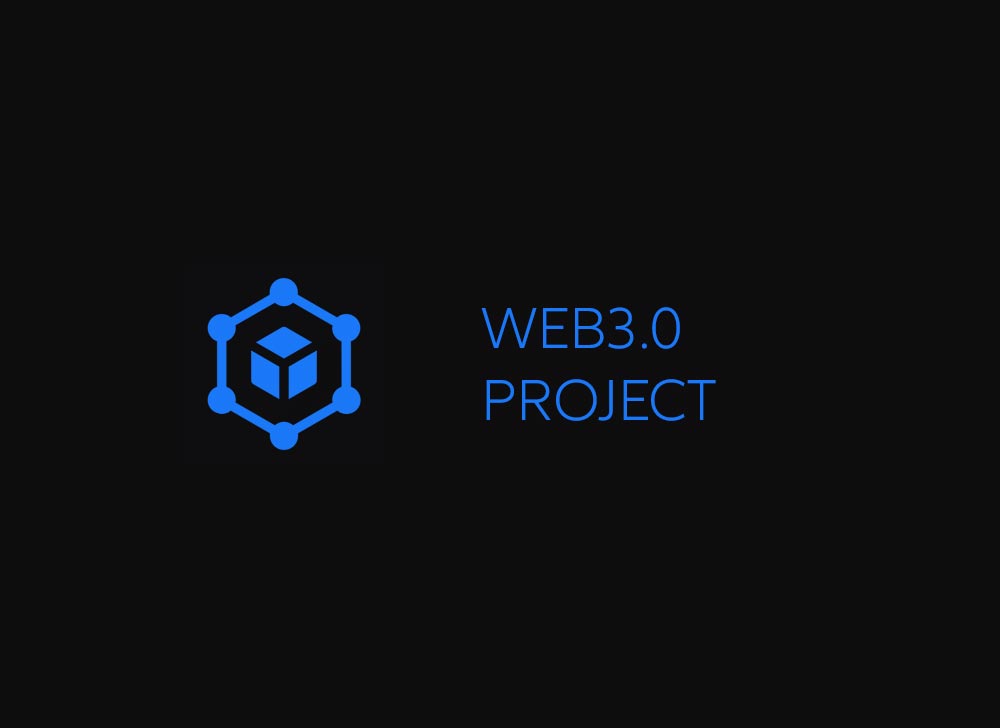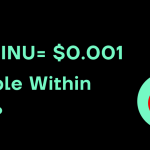Preamble
Web3, or Web 3.0, has become a common talking point in most crypto circles, with some describing it as the biggest upgrade to the internet. So what exactly is Web3, and why is Quantstamp such a big deal for it? Spoiler alert: it plays a huge role in fortifying Web3!
The Biggest Risk for Web3
Web3 presents numerous opportunities and upgrades to the present-day internet. However, the introduction of the ownership concept for users moves security requirements from a “nice to have” standpoint with Web2 to a “must have” status. Ironically, Web3’s biggest selling point — user ownership of data — is also its worst vulnerability.
Source – Google Images | Hacker
While hackers occasionally target individual internet users and make away with some loot, most hacks involve data compromise of corporations. These corporations usually serve as centralized “banks” of user data. With Web3 shifting ownership to users, it equally shifts the responsibility of protecting data to users.
It gets even more difficult; with Web 2, users could simply call their service providers and ask for assistance with security breaches or demand refunds on lost property. However, with Web3, no such centralized data point exists, leaving users at the mercy of their own security measures in their dealings with blockchain apparatus.
Few Developers have what it takes to Write a Smart Contract
Just by carrying out a quick Google search, you discover that smart contract exploits are more commonplace than you would expect. Going a little deeper into reports of these vulnerabilities shows that many of them could have been avoided, as they were simply the result of human oversight or error.
Given the nature of smart contracts, bugs or loopholes can prove fatal for a project. Unlike other blockchain software programming, smart contracts are, by default, a one-way process. Written codes on smart contracts cannot be altered or updated once deployed, making bugs and loopholes irreversible. Couple this with the worrisome susceptibility to error shown by many developers, including expert coders, and smart contracts can be a recipe for disasters, such as thefts, exploits, and overrides.
According to a report on the most common smart contract bugs of 2020, logical errors in code were the most recurring issue making up 28% of all bugs. Unauthorized access was the next most common mistake, with a 20% share. No wonder hacks were so common!
Source – Solidified Platform | Medium
Now practically, it’s normal for developers, even experienced ones to make errors. And luckily, in most cases, bugs are not fatal. You can always have beta versions, collect feedback, change the code, update versions and incrementally create a more error-free product.
But you can’t do that for smart contracts! Here, you have to get your codes right the first time. Your codes must be fail-safe (i.e. not fail at all). This is akin to mission-critical activities where the stakes are high.
If normal developers are prone to making errors, how does one ensure code is robust, free of errors, and capable of doing what it is supposed to do under both normal and extraordinary exception circumstances?
This is where Quantstamp comes in! This software auditor specializes in running in-depth tests on smart contract codes to identify and flush out bugs that even the brightest of developers might have missed.
Smart contract developers can find value in employing Quantstamp’s services in their process to ensure their projects are free of bugs and vulnerabilities.
Source – Quantstamp | Quantstamp
Quantstamp: A Backbone of Web3
Founded in July 2017 by Richard Ma and Steven Stewart in San Francisco, Quantstamp is a Y Combinator company that aims to curb smart contract-related hacks. You can say that Quantstamp is a smart contract security company that develops automated security tools and conducts manual audits.
According to data from its website, Quantstamp secures over $200 billion worth of smart contract value and has conducted north of 200 audits for several crypto and blockchain firms. The company estimates that over $8 billion has been lost to hackers who took advantage of security exploits in the crypto/Web3 system, giving a very strong value proposition for what Quantstamp does!
Source – Quantstamp | Quantstamp Website
This auditing network connects investors, users, and developers through a scalable and transparent Proof-of-Audit (PoA) system. The network facilitates automated checks on various vulnerabilities of smart contracts.
Through the identification of potential vulnerabilities on blockchains, Quantstamp boasts of aiding in the reduction of future hackings and having secured some of the biggest names in blockchain, such as Ethereum, Binance Smart Chain (BSC), Solana, Cardano, Maker, and OpenSea.
Source – Quantstamp | Quantstamp Patrons
With blockchain and smart contracts ballooning to notable valuations and being a prime target for hackers, security and auditing companies such as Quantstamp are indispensable, making them critical to the future of Web3.
Some Key Features of Quantstamp
Quantstamp’s underlying protocol relies on two primary components:
Software Verification System
This automated and upgradable system monitors Solidity programs and is designed to identify attacks of increasing sophistication.
Automated Bounty Payout
This feature automatically delivers rewards to human ethical hackers who find and report bugs and errors in smart contracts. This feature allows Quantstamp to bridge the existing reliance on human auditors and the transition to its software.
The Quantstamp Token: QSP
As with many blockchain-based projects, Quantstamp has a native token, QSP, which is used for payments on the Quantstamp ecosystem. This ERC-20 standard token is used for verifying smart contracts on the QSP Security Protocol and rewarding individuals (validators) who help supply security scans on the network.
The token also satisfies speculative purposes as it is tradable on crypto exchanges and trading platforms.
Source – CoinMarketCap | QSP
Quantstamp facilitated a successful ICO launch for its token in November 2017, a few months after the mainnet launch, with the team securing $31 million from the sale.
It is one of the few cryptocurrency companies that emerged in 2017 and is still existing, growing, and improving every day; a hallmark of a genuine project amid a sea of scams.









